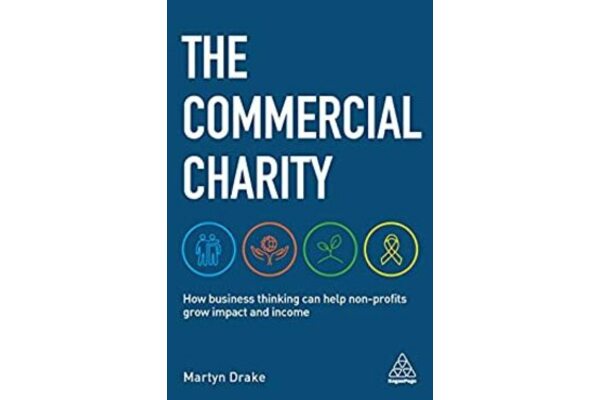Advocates of the need to develop new income streams have been increasingly vocal in recent years. Indeed, Hospice UK’s Future Vision report of 2020 included the need to ‘Maximise Commercial Revenue’ as one of their nine principles of sustainability. Three years earlier, Professor Paul Palmer of the Centre for Charity Effectiveness at CASS (now Bayes) Business School said ‘there is considerable evidence that the current business model for hospices needs a radical rethink’.
Interestingly, examples of commercial income ventures in the hospice sector go back much further. Martlets set up the first hospice domiciliary care agency back in 2007 – and it’s still operating. Around the same time Farleigh Hospice started offering other hospices the chance to partner in its lottery operation. Today, Local Hospice Lottery operation has over 30 hospices involved - and has raised over £50 million to support hospice care.
St Helena has been running a similar venture, Your Hospice Lottery, for many years and now also has one for non-hospice charities, Make a Smile. Shooting Star Children’s Hospices Care Database product was developed during the author’s time there as CEO and is now used by many of other hospices. Hospice UK has more examples and words of advice on their website.
But examples of such successes can be matched by plenty of less happy stories. Many hospices followed Martlets path into care agencies, but most subsequently closed down their operations. St Margaret’s funerals business, probably the most controversial commercial initiatives to be launched in the sector, sustained loses and is no longer operating.
On a wider scale, Arthr, one of the most heralded commercial ventures through which Versus Arthritis aimed to sell high quality products to those suffering from the condition was recently closed down.
In their recent report The Future of Charity, Good Innovations who have a strong track record of working on commercial ventures with charities, say we are ‘yet to see the true potential of mission and money activities unlocked’ .
Such challenges should be of no surprise. These are commercial ventures after all, not fundraising activities, so a high failure rate should be expected. One source estimates that between 30% and 40% of businesses do not survive beyond their first three years.
However, for anyone interested in starting to explore such opportunities, Martyn Drake’s book ‘The Commercial Charity’ is an ideal starting point. Martyn is especially good at analysing the cultural challenges involved. These are both in terms of the internal barriers that will have to be overcome - and the need to evolve a radically different mindset to succeed.
Martyn also argues that the best opportunities will meet at least two, if not all three of the following criteria. Relate to the Purpose of the organisation; meet real Customer demand and be activities that the organisation has genuine Expertise in - ideally, unique expertise.
All of the successful examples of commercial enterprises do indeed meet at least two of these criteria.


